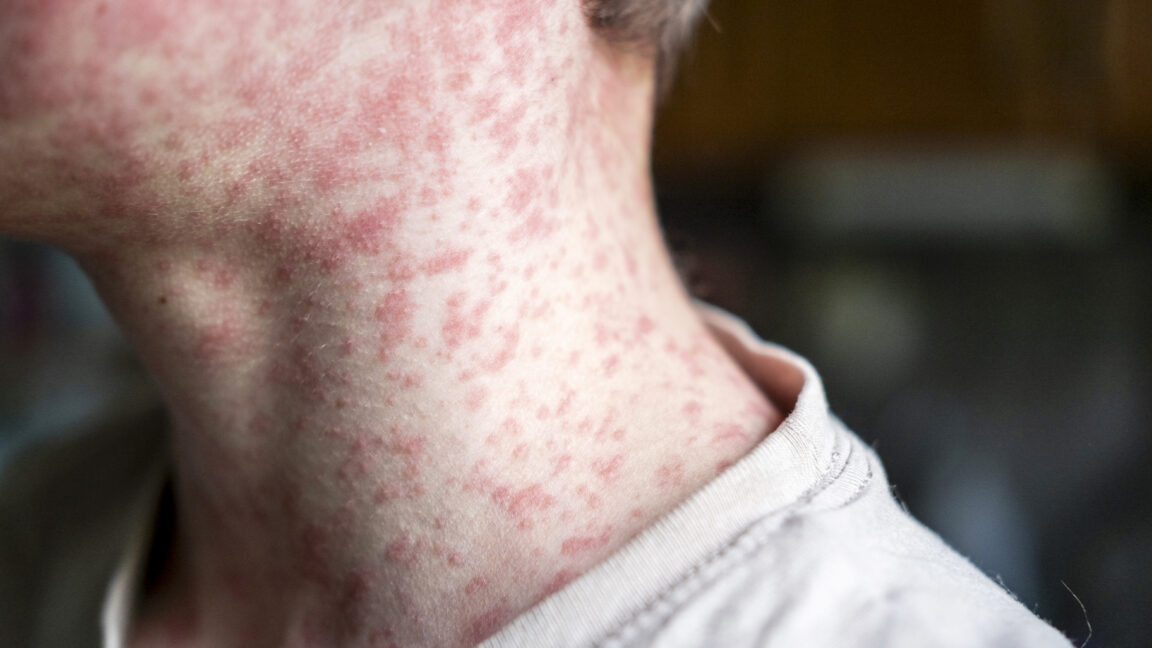New research from the University of Michigan has revealed a worrying rise in flavored marijuana vape usage among American adolescents, per Bioengineer — a trend experts say could deepen addiction risks and environmental damage.
What’s happening?
According to the Journal of Adolescent Health, data from the nationally representative Monitoring the Future survey showed that flavored cannabis vaping surged from 2021 to 2024.
Among eighth graders, the share of marijuana vapers using flavored products jumped from 47% to 63%. Similar increases were seen among 10th and 12th graders, suggesting flavored vapes have rapidly become the dominant form of cannabis used by teens.
Researchers say these sweet or fruity flavors may mask the natural taste of cannabis and make it easier for young users to start vaping discreetly.
“Flavored marijuana vapes can produce significantly more intense intoxicating effects while appealing to younger users,” study lead author Richard Miech said.
Miech emphasized that the combination of enticing flavors and concealability could drive higher rates of addiction.
Why is this important?
Experts are concerned that this shift could increase the number of teens developing cannabis use disorder, a condition that already affects roughly 5% of adolescents, compared with 3% for alcohol use disorder.
The rise of flavored vaping comes at a time when youth perception of cannabis risk remains low — and when vaping devices are easier than ever to hide from parents and teachers.
But there’s another layer to this problem: the environmental cost.
Disposable vape pens — including marijuana vapes — create massive waste, contributing to plastic pollution, toxic e-waste, and lithium battery trash.
Most end up in landfills or waterways, where they leach harmful chemicals into soil and water.
Combined with their public health impact, vaping devices have quietly become one of the fastest-growing waste streams in the U.S. and around the world.
What’s being done about it?
Public health experts and policymakers are pushing for stricter limits on flavored vaping products, similar to the bans on flavored nicotine e-cigarettes in some states.
While there is worry that bans could push users toward other forms of consumption, advocates say the goal is to make these products less appealing to young people.
At the same time, education campaigns are gaining momentum. By modeling successful anti-tobacco initiatives that helped reduce teen smoking from 35% in 1998 to just 3% in 2024, health organizations hope to shift youth attitudes toward vaping.
These programs emphasize the risks of addiction, the dangers of high THC exposure, and the environmental harm caused by discarded vapes.
By combining regulation, education, and accountability from the cannabis industry, experts believe it’s possible to reverse this troubling trend before it becomes a permanent fixture of teen culture.
Join our free newsletter for good news and useful tips, and don’t miss this cool list of easy ways to help yourself while helping the planet.
First Appeared on
Source link













